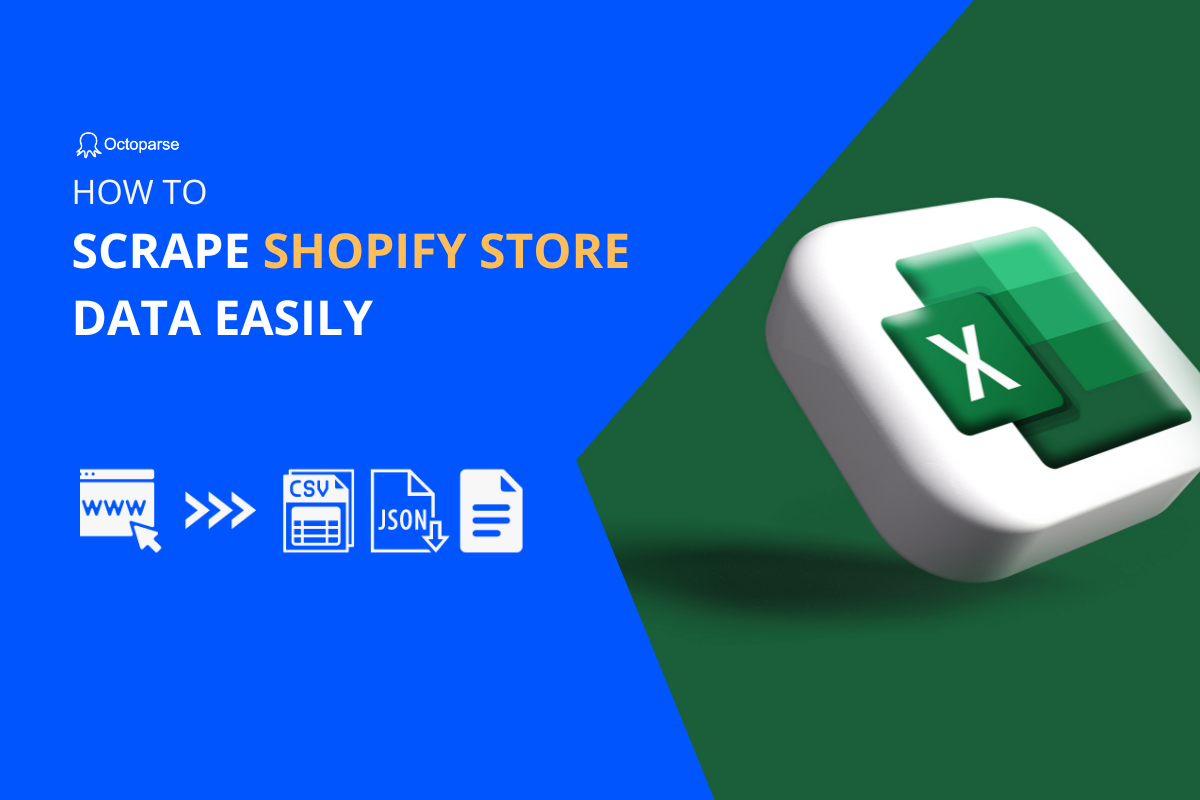
Understanding the Digital Landscape of E-commerce Data Extraction
In the rapidly evolving world of digital commerce, web scraping has emerged as a critical strategy for businesses seeking competitive intelligence. Shopify, hosting over 4.5 million online stores globally, represents a treasure trove of valuable market data waiting to be unlocked.
The Strategic Importance of Shopify Data Extraction
Imagine having a powerful lens that allows you to peer into the intricate details of your competitors‘ online stores – their pricing strategies, product offerings, and market positioning. Web scraping Shopify stores provides precisely this strategic advantage, transforming raw digital information into actionable business insights.
Technical Foundations of Shopify Web Scraping
The Complex World of Modern Web Extraction
Web scraping Shopify stores is not a simple point-and-click endeavor. It requires a sophisticated understanding of web technologies, network protocols, and data extraction methodologies. Modern Shopify stores are built using complex JavaScript frameworks, dynamic content rendering, and advanced protective mechanisms that challenge traditional scraping approaches.
Navigating Technical Complexity
The technical landscape of web scraping involves multiple layers of complexity. JavaScript-rendered content, asynchronous loading, and sophisticated anti-bot protections create significant challenges for data extraction professionals. Successful scraping demands a nuanced approach that combines technical expertise with strategic thinking.
Core Scraping Methodologies
Browser Automation Techniques
Browser automation represents a powerful approach to Shopify data extraction. Tools like Selenium WebDriver, Puppeteer, and Playwright enable developers to simulate human-like browsing experiences, navigating through complex web interfaces and extracting data with remarkable precision.
[Scraping_Effectiveness = f(Automation_Sophistication, Network_Resilience, Data_Parsing_Accuracy)]API-Driven Extraction Strategies
For more structured data retrieval, Shopify‘s GraphQL and REST APIs offer direct pathways to product information. These interfaces provide controlled, efficient methods for extracting comprehensive product catalogs without the complexities of traditional web scraping.
Advanced Tools and Frameworks for Shopify Scraping
Programming Language Ecosystems
Different programming languages offer unique advantages in web scraping:
Python remains the gold standard for web scraping, with libraries like Scrapy and BeautifulSoup providing robust extraction capabilities. Its extensive data science ecosystem allows for seamless integration of scraping with advanced analytics processes.
JavaScript, particularly with Node.js, offers asynchronous processing capabilities that excel in handling complex, dynamically rendered web content. Frameworks like Axios and Cheerio enable sophisticated, lightweight scraping solutions.
No-Code and Low-Code Platforms
Not every professional needs deep programming skills to extract valuable data. Platforms like Octoparse, ParseHub, and Import.io democratize web scraping, offering intuitive interfaces that transform complex extraction tasks into simple, visual workflows.
Legal and Ethical Considerations
Navigating the Regulatory Landscape
Web scraping exists in a complex legal environment. Responsible practitioners must carefully navigate copyright laws, terms of service, and data protection regulations. This means:
- Respecting robots.txt files
- Avoiding excessive server load
- Obtaining necessary permissions
- Anonymizing collected data
- Maintaining transparent data usage practices
Performance Optimization Strategies
Scaling Data Extraction
Effective Shopify scraping requires sophisticated performance optimization techniques:
Distributed Scraping Architecture
Implementing multi-threaded, geographically distributed scraping infrastructure allows for faster, more resilient data extraction.Intelligent Caching Mechanisms
Sophisticated caching strategies reduce unnecessary network requests, improving overall extraction efficiency.Adaptive Request Management
Dynamic adjustment of request frequencies and patterns helps avoid detection while maintaining high data collection rates.
Emerging Trends in E-commerce Data Extraction
The Future of Web Scraping Technology
Machine learning and artificial intelligence are revolutionizing web scraping methodologies. Advanced algorithms can now:
- Automatically detect and adapt to website structure changes
- Predict optimal scraping strategies
- Enhance data quality through intelligent parsing
- Provide real-time market intelligence
Practical Implementation Roadmap
From Concept to Execution
Successful Shopify data extraction follows a structured approach:
Define Clear Objectives
Understand exactly what data you need and why.Select Appropriate Technologies
Choose tools aligned with your technical capabilities and project requirements.Develop Robust Extraction Strategies
Create flexible, resilient scraping workflows.Implement Continuous Monitoring
Regularly validate and update your extraction processes.
Conclusion: Transforming Data into Strategic Advantage
Web scraping Shopify stores is more than a technical exercise – it‘s a strategic approach to understanding digital marketplaces. By combining advanced technical skills, ethical considerations, and strategic thinking, professionals can unlock unprecedented market insights.
Your journey into web scraping begins with curiosity, technical skill, and a commitment to responsible data extraction. The digital marketplace awaits your exploration.










